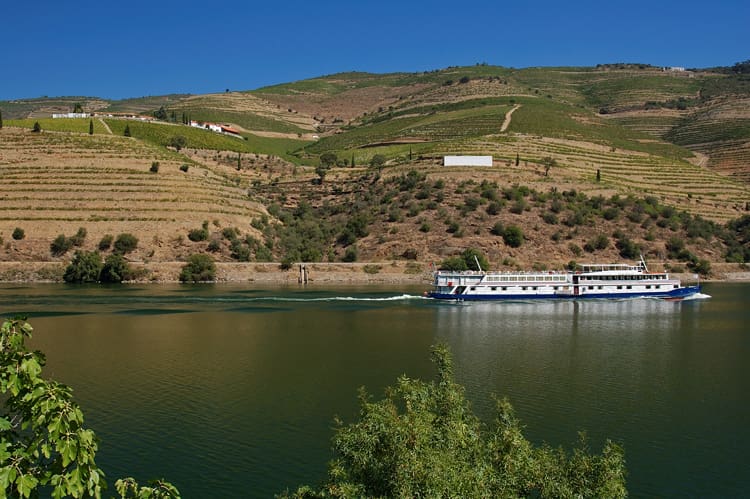Rajaji National Park, nestled in the foothills of the Shivalik range of Uttarakhand, is a mesmerizing wilderness sanctuary that beckons wildlife enthusiasts, nature lovers, and adventure seekers alike. Spread over an expansive area of approximately 820 square kilometers, this national park is a haven for a diverse range of flora and fauna. With its rich biodiversity, captivating landscapes, and exciting wildlife encounters, Rajaji National Park has emerged as a prominent destination for ecotourism in India.
Introduction to Rajaji National Park
At the heart of the park lies the mighty Ganges River, which flows through the lush green forests, creating a serene ambiance and providing a lifeline to the diverse wildlife inhabiting the region. The park derives its name from the renowned freedom fighter, C. Rajagopalachari, popularly known as Rajaji, who played a pivotal role in India’s struggle for independence.
History and significance of Rajaji National Park
Rajaji National Park has a rich historical and ecological significance. It was initially established as three separate wildlife sanctuaries in the early 20th century, namely the Motichur, Chilla, and Rajaji sanctuaries. Later, in 1983, these sanctuaries were amalgamated to form Rajaji National Park, named after the illustrious leader Rajaji.
Flora and fauna diversity in Rajaji National Park
The park boasts a remarkable diversity of flora and fauna, making it a paradise for nature enthusiasts. The landscape encompasses dense forests, grasslands, and riverine ecosystems, fostering a wide range of plant species. From towering sal trees to vibrant orchids, the park’s flora offers a feast for the eyes.
Moving on to the fauna, Rajaji National Park is home to a myriad of animal species. The park is renowned for its population of tigers, leopards, and other predators that roam freely within its boundaries. Additionally, it serves as a vital habitat for elephants, which are considered the flagship species of the park. The gentle giants can be spotted majestically traversing the forest trails, creating a surreal experience for visitors.
Tigers and other predators in Rajaji National Park
Rajaji National Park is one of the prominent tiger reserves in India, playing a crucial role in tiger conservation efforts. The park provides a secure haven for these magnificent big cats, allowing them to thrive in their natural habitat. Safaris and guided tours offer visitors a chance to catch a glimpse of these elusive creatures, while also learning about their behavior and conservation status.
Apart from tigers, the park is home to an array of other predators, including leopards, jackals, hyenas, and foxes. These carnivores play a vital role in maintaining the delicate ecological balance of the park.
Elephants and their conservation in Rajaji National Park
Rajaji National Park is renowned for its elephant population, which is one of the largest in Uttarakhand. The park provides a safe haven for these gentle giants, offering them ample space to roam and forage. Elephant conservation initiatives, such as anti-poaching measures and habitat protection, are crucial to preserving the delicate ecosystem of the park.
Visitors can witness the awe-inspiring sight of elephants bathing in the river or traversing the forest trails. These majestic creatures symbolize the harmony between wildlife and their natural habitat.
Avian life in Rajaji National Park
Rajaji National Park is a paradise for birdwatchers, with over 315 species of birds recorded within its boundaries. The park’s diverse habitats, including riverbanks, wetlands, and forests, attract a wide variety of avian species. From colorful kingfishers to graceful herons, bird enthusiasts can spend hours observing and photographing the rich avifauna of Rajaji National Park.
Biodiversity hotspots in Rajaji National Park
Certain areas within Rajaji National Park are recognized as biodiversity hotspots, characterized by a high concentration of unique and endangered species. These hotspots serve as critical conservation areas, requiring special attention and protection. The park authorities, in collaboration with environmental organizations, are actively involved in preserving these biodiverse regions.
Adventure activities and tourism in Rajaji National Park
Rajaji National Park offers a myriad of adventure activities for thrill-seekers. Nature trails, trekking expeditions, and river rafting adventures provide visitors with an opportunity to immerse themselves in the breathtaking landscapes while experiencing an adrenaline rush. The park’s proximity to popular tourist destinations, such as Rishikesh and Haridwar, adds to its appeal as a preferred ecotourism destination.
Conservation efforts and challenges in Rajaji National Park
Preserving the fragile ecosystem of Rajaji National Park comes with its own set of challenges. The park faces threats from encroachment, illegal poaching, and habitat fragmentation. However, dedicated conservation efforts are being undertaken to mitigate these challenges. The park authorities collaborate with local communities, NGOs, and government agencies to protect the wildlife and their habitat effectively.
The role of local communities in preserving Rajaji National Park
Local communities residing near Rajaji National Park play a crucial role in its conservation. The park authorities work closely with these communities to raise awareness about the importance of wildlife conservation, provide alternative livelihood opportunities, and involve them in eco-friendly tourism initiatives. Empowering local communities fosters a sense of ownership and ensures the long-term sustainability of conservation efforts.
Future prospects and initiatives for Rajaji National Park
The future of Rajaji National Park holds great promise. Efforts are underway to enhance the park’s infrastructure, improve wildlife management practices, and promote sustainable tourism. Collaborative initiatives between government bodies, environmental organizations, and local stakeholders aim to further strengthen the conservation and ecological integrity of Rajaji National Park.
Conclusion
Rajaji National Park stands as a testament to the extraordinary biodiversity and natural wonders that India possesses. From the regal tigers to the gentle giants, the park offers a mesmerizing glimpse into the wonders of the animal kingdom. With its thriving flora, exotic birdlife, and captivating landscapes, Rajaji National Park is a wildlife haven that deserves recognition and protection. Embarking on an adventure within its boundaries not only satiates the thirst for exploration but also fosters a deeper connection with nature.
FAQs
FAQ 1: Can I go for a safari in Rajaji National Park?
Yes, visitors have the opportunity to explore Rajaji National Park through safaris. Jeep safaris and elephant safaris are available, allowing you to witness the wildlife and natural beauty of the park up close.
FAQ 2: What is the best time to visit Rajaji National Park?
The best time to visit Rajaji National Park is from November to June when the weather is pleasant, and wildlife sightings are more frequent. However, it is advisable to check the park’s timings and availability of safaris beforehand.
FAQ 3: Are there accommodations available near Rajaji National Park?
Yes, there are various accommodation options available near Rajaji National Park, ranging from luxury resorts to budget-friendly guesthouses. These establishments provide a comfortable stay for visitors while being in close proximity to the park.
FAQ 4: How can I contribute to the conservation of Rajaji National Park?
You can contribute to the conservation of Rajaji National Park by following responsible tourism practices, such as avoiding littering, respecting wildlife and their habitats, and supporting local conservation initiatives. Additionally, spreading awareness about the importance of wildlife conservation among friends and family can make a significant impact.
FAQ 5: Are there any volunteering opportunities in Rajaji National Park?
Yes, there are volunteering opportunities available in Rajaji National Park. These programs allow individuals to actively participate in conservation activities, research projects, and community development initiatives. Volunteering provides a unique hands-on experience and a chance to make a positive difference in preserving the park’s biodiversity.












